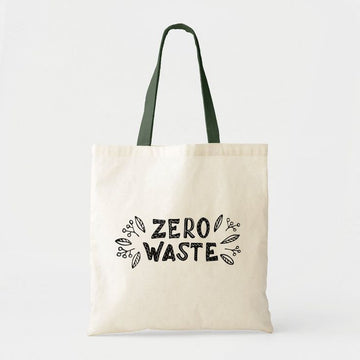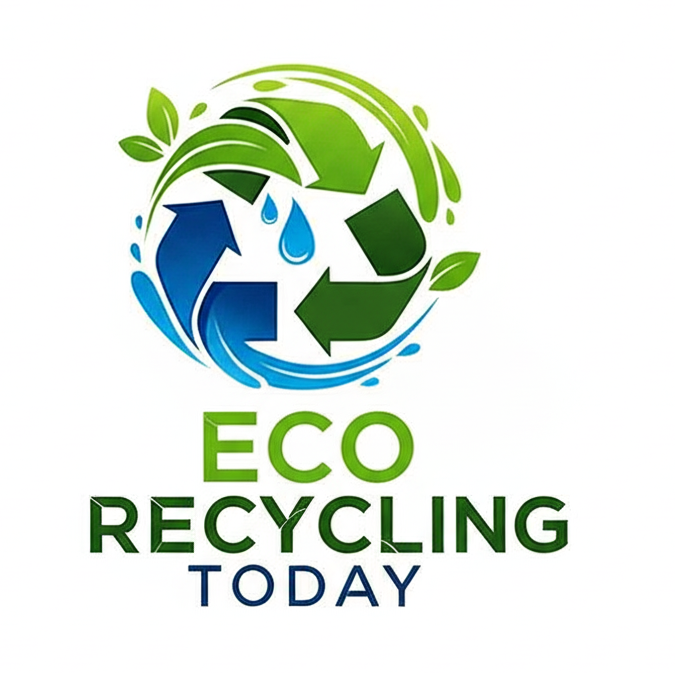
Biodegradable Tote Bags
Biodegradable Tote Bags are an eco-friendly alternative to conventional plastic or synthetic fabric bags, offering both functionality and sustainability. Crafted from compostable and biodegradable materials such as cornstarch-based PLA, PBAT, or other plant-derived fibers, these tote bags naturally break down in industrial composting conditions without leaving harmful residues behind.
Designed for everyday use, these tote bags are strong, lightweight, and reusable—perfect for groceries, errands, or promotional giveaways. Their minimal environmental impact makes them a smart choice for eco-conscious consumers, businesses, and brands aiming to reduce plastic use and embrace greener alternatives.
Key Features:
- Made from biodegradable and compostable materials (e.g., PLA, PBAT, cornstarch-based fibers)
- Sturdy, reusable, and lightweight for daily use
- Decomposes naturally in composting environments
- Ideal for shopping, retail, events, and promotional use
- Supports sustainable living and eco-responsible branding
Make the switch to Biodegradable Tote Bags—a practical, planet-friendly choice that helps reduce plastic waste one bag at a time.
FAQ
What is the best biodegradable packaging?
Biodegradable packaging is made from materials that can naturally break down into non-toxic components when exposed to environmental conditions such as sunlight, heat, and moisture. Unlike traditional plastic, biodegradable packaging does not leave behind harmful waste and decomposes over time, making it an eco-friendly alternative.
The best biodegradable packaging depends on your specific needs and the type of product being packaged. Common options include materials like PLA (polylactic acid) for food containers, biodegradable paper or cardboard for shipping, and compostable bags for lightweight items. Look for certifications like ASTM D6400 or EN 13432 to ensure the packaging meets biodegradable standards.
What are biodegradable materials used for packaging?
Biodegradable materials commonly used for packaging include:
- PLA (polylactic acid): Made from fermented plant starches like corn or sugarcane, commonly used for containers and utensils.
- Bagasse: Derived from sugarcane fibers, often used for plates, bowls, and trays.
- Kraft Paper: Used for bags, wrapping, and shipping.
- Bamboo: Used for rigid packaging and reusable containers.
These materials are eco-friendly and decompose naturally over time.
How does biodegradable packaging affect the environment?
Biodegradable packaging reduces the amount of waste that ends up in landfills and oceans. It decomposes into natural elements like carbon dioxide, water, and organic matter, reducing pollution and minimizing the environmental footprint compared to traditional plastic packaging. Additionally, some biodegradable materials enrich the soil when composted, promoting a healthier ecosystem.
Is biodegradable packaging as strong and durable as plastic packaging?
The breakdown time for biodegradable packaging varies depending on the material and environmental factors. Typically, biodegradable packaging can take anywhere from a few months to a couple of years to fully decompose. However, in ideal conditions (such as composting), it breaks down much faster compared to conventional plastic.

